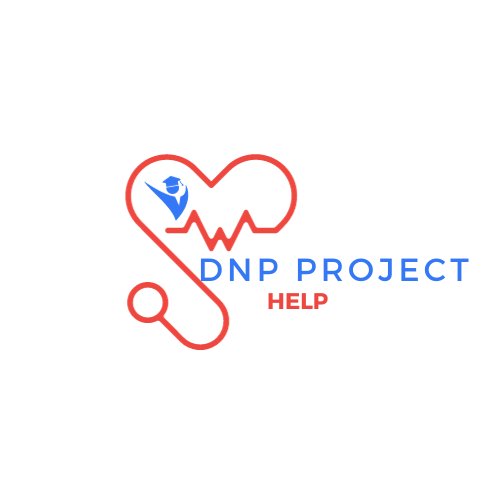
Question
Every project is required to have an evaluation plan. Address the following questions:
1) Which 2-3 outcomes are expected for your project?
2)What outcomes will be measured?
3) How do you plan to do this?
4) What tool will you be using to measure your outcome(s)?
5) What data will be used to validate success of the project?
6) Be sure your outcomes link to the identified problem. How will you know if your intervention resulted in change?
Nursing Research
Expected Outcome
This project aims to lower the number of bad events happening to older patients by at least 20%. It will also get more technology used in caring for older people. Plus, it should help older patients understand more about their health, especially how to use technology to track their care progress.
Outcomes Measured
We’ll check how many bad events older patients report using tech like telehealth, eHealth, and telemedicine. Also, we’ll see how much tech like eHealth and telehealth is used in caring for older people. Lastly, we’ll test how well patients understand their health before and after the project to see if it works.
My Plan
IWe’ll measure things at different times during the project. First, we’ll measure before the project starts when elderly patients use manual systems for sharing information and care. Then, we’ll measure again two to three months after we start using the new tech systems, even if not everyone is fully used to them yet. After that, we’ll measure every two months for the next six months to see if the project is making care better for older patients who don’t have easy access to healthcare and medical info.
Tool for Measuring the Outcomes
We’ll use something called the Technology Acceptance Model (TAM) to measure these things. This tool helps us understand how geriatric nurses and older patients use and accept technology (Portz et al., 2019). With TAM, we can find out how nurses feel about using tech in caring for older people. It also helps us see how easy the tech is to use, how it affects patients, and whether patients accept it in their social circles (AlQudah et al., 2021).
Data for Validating the Success of the Project
We’ll check if the project is successful using data from Electronic Health Records (EHRs) on things like reported bad events, cases of patients coming back to the hospital, notes on progress, and if patients follow their medication plans (Ehrenstein et al., 2019). This data will help us see how technology and data science have affected patients’ health. Since EHRs collect and save data electronically, we can gather lots of medical info about patients before and after the project starts and guess if it’s working well.
Knowing that the Intervention Resulted In Change
We’ll use various signs to see if the intervention made a difference. These signs include changes in how patients act, like being more involved in their care by following doctors’ advice and clinical guidelines. We’ll also look for better habits in seeking healthcare among older patients who use tech like phones and email. Another sign of change is fewer bad events, like falls, mistakes with medicines, and emotional harm to older patients. Lastly, patients will be able to get their health info through tech like Electronic Health Records (EHRs), telemedicine, and telehealth.
References
AlQudah, A. A., Al-Emran, M., & Shaalan, K. (2021). Technology acceptance in healthcare: A systematic review. Applied Sciences, 11(22), 10537. https://doi.org/10.3390/app112210537
Ehrenstein, V., Kharrazi, H., Lehmann, H., & Taylor, C. O. (2019). Obtaining data from electronic health records. In Tools and technologies for registry interoperability, registries for evaluating patient outcomes: A user’s guide, 3rd edition, Addendum 2 [Internet]. Agency for Healthcare Research and Quality (US). https://www.ncbi.nlm.nih.gov/books/NBK551878/
Portz, J. D., Bayliss, E. A., Bull, S., Boxer, R. S., Bekelman, D. B., Gleason, K., & Czaja, S. (2019). Using the technology acceptance model to explore user experience, intent to use, and use behavior of a patient portal among older adults with multiple chronic conditions: descriptive qualitative study. Journal of medical Internet research, 21(4), e11604. https://doi.org/10.2196/11604
Must Read:


